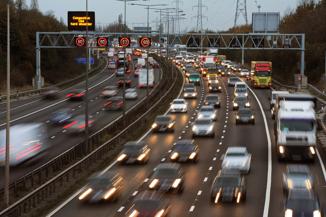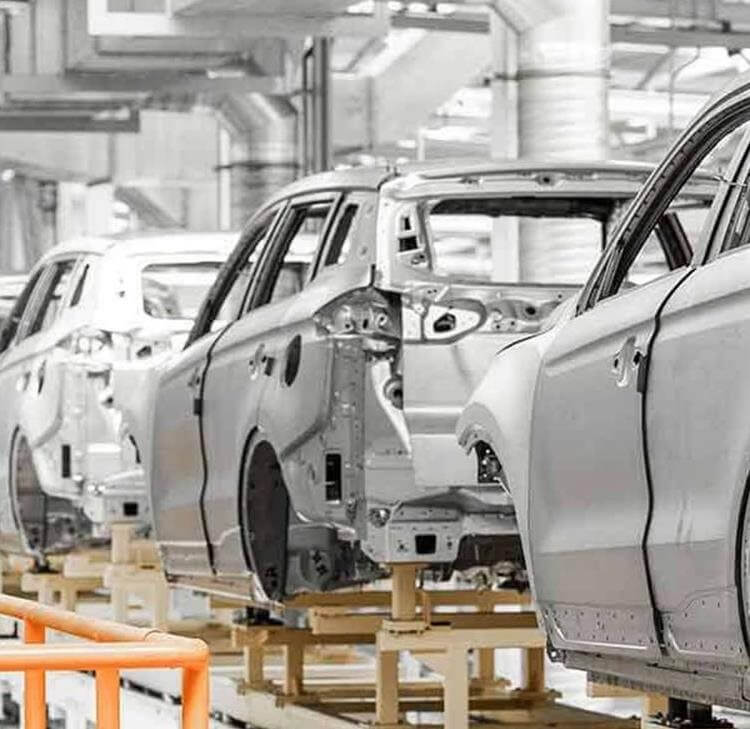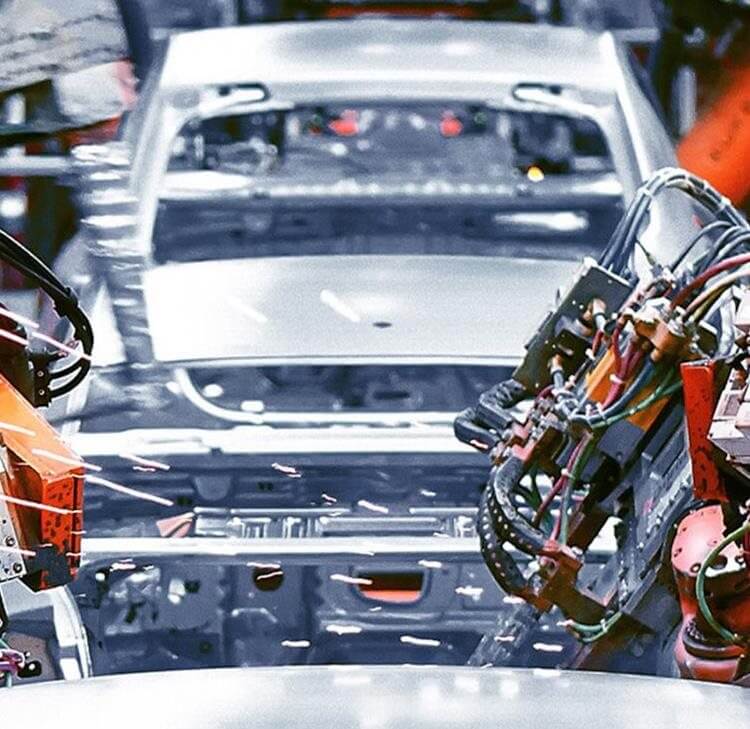We explore the evolving world of Automated Vehicles (AVs) through the UK government's AI Opportunities Action Plan and Automated Vehicles Act, which outlines the UK's steps towards integrating AVs into society.
On 13th January 2025 the government published the Government Response to the AI Opportunities Action Plan. With AI being an integral part of safety critical appliances such as self driving vehicles, the response brings the spectre of such vehicles on our roads back into the limelight. By way of reminder, legislation in 2024 has already set the background for this new era.
The Automated Vehicles Act 2024
The Automated Vehicle Act 2024 indicated a new era in automotive technology, with the aim of redefining the realms of transportation and safety and making the UK a key player in the development of self driving vehicles across the world. This legislation however, brings with it a myriad of legal considerations from liability in accidents and regulatory compliance to data privacy and intellectual property rights.
Automated vehicle “AV" companies: Pioneers in the field
Autonomous vehicles are developing at a rapid pace, with some already operating on roads outside the UK. For example, Waymo, an offshoot of Google, operates fully autonomous ridesharing services in various US cities.
In the UK, London-based Wayve has a machine-learning model capable of driving multiple vehicle types. The endorsement of Wayve evidences the ambition of the UK to be a global leader in AI and autonomous vehicle innovation.
Legislative milestones: From testing to deployment
The UK's approach to AV legislation has evolved significantly over the years. Starting with the 2015 Review that allowed AV testing on public roads and moving to the Automated and Electric Vehicles Act 2018, which covered matters such as AV regulation and insurance liabilities. The more recent Automated Vehicles Act informed by the Law Commissions' four-year review published in 2018 seeks to establish a comprehensive legal framework for the safe deployment of self-driving vehicles in the UK and to address consumer confidence and legal liability issues.
Regulatory scheme for automated vehicles
The Act introduces a regulatory scheme for the authorisation of self-driving vehicles in Great Britain. It distinguishes between systems capable of autonomous operation and those designed to assist drivers (such as lane assist or cruise control), with the former undergoing a rigorous assessment process to ensure they meet safety requirements. The scheme also identifies ‘authorised self-driving entities’ (ASDEs) as responsible for the safety of self-driving systems.
Licensing of operators and safety framework
For vehicles operating without a human in charge, the Act mandates a licenced operator to oversee the service, ensuring maintenance of vehicles, insurance, and overall safe operation. This mirrors the responsibilities of traditional vehicle operators but is tailored to the unique needs of automated systems. The Act also covers the circumstances in which individuals in a vehicle without the ability to control it are immune from prosecution
Information sharing and regulatory powers
To ensure the effectiveness of the safety framework, the Act requires regulated bodies to provide accurate information to the Secretary of State and other relevant authorities. It introduces specific criminal offences for misrepresentations and non-disclosure of information that could impact vehicle safety. Additionally, the Act includes powers to investigate regulated organisations and introduces the prospect of offences related to the marketing of automated vehicles, ensuring that only authorised vehicles are advertised as self-driving, to prevent confusion and over-reliance by drivers.
The future of transportation and legal practice
The Act opens up a range of opportunities and challenges for different industries. Insurance companies will need to consider the risk presented by AVs and the products that might be offered. Technology and software firms will want to drive innovation in this area. Meanwhile, urban planners and infrastructure developers must reconsider city layouts and traffic management strategies to accommodate AVs, paving the way for smarter, more efficient urban environments.
The EU perspective
The European Union believes that enhancing vehicle automation could significantly improve road safety. Nonetheless, the EU AI Act classifies autonomous driving AI applications as high-risk. This classification may imply that autonomous vehicles will face stricter regulations, in relation to risk management and technical documentation. It is also worth noting that the EU have required various automated safety features to be implemented in new vehicle types from July 2024, such as advanced emergency brakes and lane assist.
The road ahead: Opportunities and challenges
The Act's targets safety, public trust, and accessibility. When coupled with the prospect of substantial government investment it signals a strong commitment to realising the potential of AVs. The response to the AI opportunities Action Plan should only serve to strengthen that commitment. However, the journey ahead is not without challenge, including the implementation of stringent safety standards, managing cybersecurity concerns, and the drafting of further reactive and adaptable legislation.
You may be interested in...
Legal Update - Retail law roundup
Retail law roundup: September 2025
Legal Update
Exploring bi-directional charging: The future of EV technology
Legal Update
A spotlight on motor insurance claims costs
Legal Update - Retail law roundup
Retail law roundup: August 2025
Legal Update
Admiral sets aside £50m for customer compensation
Legal Update
English Devolution Bill: Is it the end of upwards-only rent reviews?
Legal Update
Compliance obligations under the EU Batteries Regulation
Legal Update
Anticompetitive practices in Ireland's motor industry under scrutiny by the CCPC
Legal Update
Government plans to ban upwards only rent reviews catch everyone by surprise
Legal Update
Distribution in the UK and the EU
Legal Update - DMCC Act
The DMCC Act and consumer protection: Unfair commercial practices
Legal Update - DMCC Act
The DMCC Act and consumer protection: Investigation, fines and other measures which the CMA can take
Legal Update - DMCC Act
The DMCC Act and consumer protection: Misleading pricing and drip pricing
Guide - Autonomous vehicles
Autonomous vehicles in the UK: Where are we now?
Press Release
US-UK trade deal: Reaction from Browne Jacobson lawyers
Legal Update
Advertising trends: Influencers, intellectual property and image rights
Legal Update
US tariffs: Implications for the UK automotive sector and practical steps for businesses
Legal Update
Navigating the road ahead: Fate of the UK’s automotive EV market in 2025 and beyond
Legal Update
UK court clarifies copyright protection for "works of artistic craftsmanship"
Legal Update - Autonomous vehicles
The future of transportation: The UK's approach to automated vehicles
Press Release
Corporate sector: 2025 predictions
Legal Update - Autonomous vehicles
When roads diverge regulating autonomous vehicles: EU v UK approaches
Legal Update
Insurability by design: Increased transparency for vehicle manufacturers and insurers
Legal Update
Delivering EV charging infrastructure: The local government perspective
Guide
Guidance for manufacturers of EVs and HEVs in the UK: ASA's non-exhaustive electric vehicle advertising guidance
Legal Update - Autonomous vehicles
Changing lanes: Automated Vehicles Act 2024 becomes law
Legal Update - Autonomous vehicles
Update: Further debates on the Automated Vehicles Bill in the House of Lords this month
Legal Update - Autonomous vehicles
King’s Speech gives the green light for autonomous vehicles
Opinion - Autonomous vehicles
An Update on Autonomous Vehicles and the Transport Bill
Legal Update
The future of autonomous technology - August 2023
On-Demand - Autonomous vehicles
'Autonomous vehicles: what the future holds' on-demand
On-Demand
NSIA: the thorn in the side of M&A?
On-Demand
Automotive webinar - EV charging points: contractual and liability issues to be aware of
On-Demand
Automotive webinar - Grant Funding and Collaboration Agreements
In this session, we examined the legal framework around grant funded collaborations and discussed the key risks to be aware of, including IP ownership and compliance with grant terms.
On-Demand
Automotive webinar - Commercial Contracts
Published Article
The problematic transition to electric vehicles - what is the impact on manufacturing
It was reported in May 2022 that the BMW-owned manufacturer had been forced to put a temporary stop on the production of all manual transmission vehicles due to the global semi-conductor shortage and the war in Ukraine. Mini stated that the move was made in order to "ensure production stability".
Published Article
Rolls Royce SMR ambitions will bring Hinkley like benefits to regions
Rolls-Royce has shortlisted six locations for its first factory for small nuclear power stations. We look at the impact on regions & local businesses
Published Article
Hydrogen villages
First Hydrogen has identified 4 sites in the UK where it plans to locate large hydrogen refuelling stations for commercial vehicles. The sites will also accommodate on-site hydrogen production of between 20 and 40 MW (totalling 80 MW - 160 MW across all 4 locations) and will serve the urban areas of Greater Liverpool, Greater Manchester, London and the Thames Estuary. The plans form part of the Energy division’s strategy to develop green hydrogen production projects, initially in the UK and Canada.
Legal Update
The Omnibus Directive is almost here
Press Release - Firm news
Browne Jacobson’s two ‘rising stars’ announced winners at the WeAreTheCity Awards 2022
A lawyer and a HR business partner from law firm Browne Jacobson have been announced as winners of the WeAreTheCity’s Rising Stars Awards 2022.






































